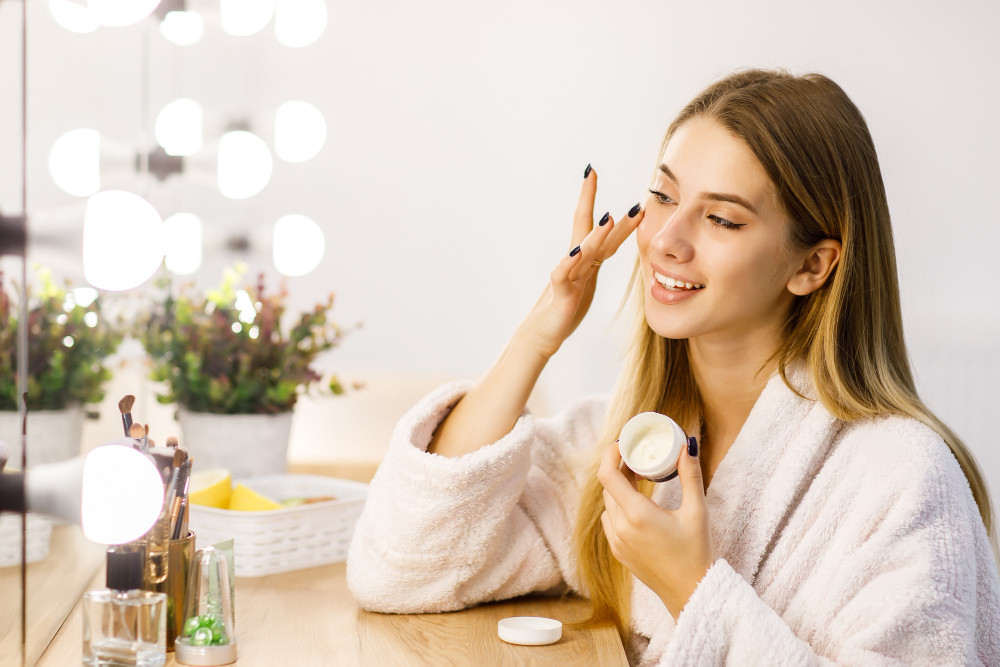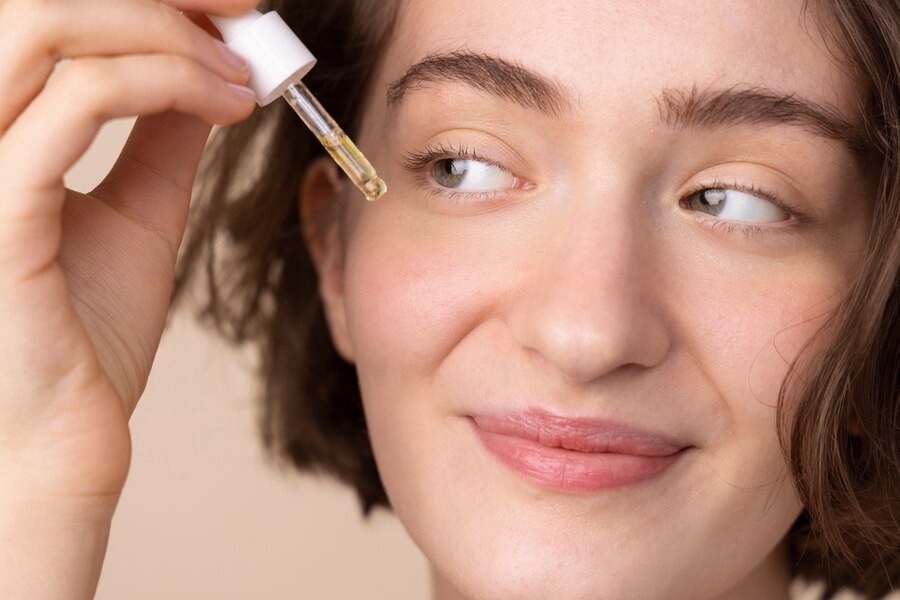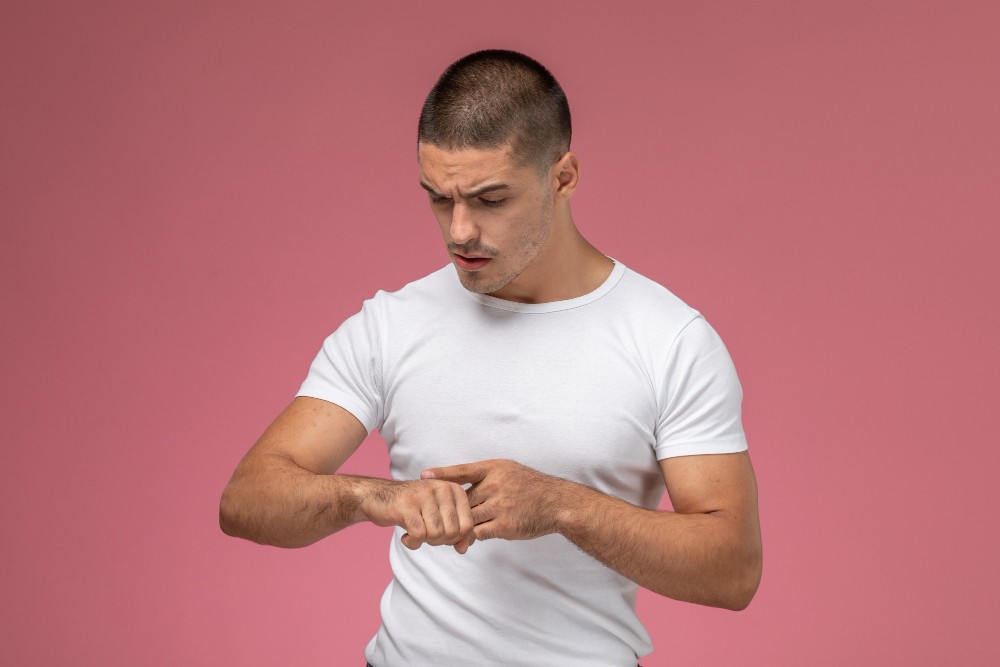The scalp, like the skin on the face and body, also has different types. One kind is known as combination hair, or combination type, in which the scalp shows the characteristics of two or more skin types concurrently.
If part of your scalp is dry and part of your hair is oily, you have a combination hair type. Care for a combination hair type must take into consideration two different demands, which might be difficult for some people.
Characteristics of combination hair types
Combination hair is characterized by a blend of greasy and dry hair. The general characteristics consist of:
- Particularly in areas that lack oil glands, such as the margins of the hair or behind the ears, certain regions of the scalp may exhibit a tendency to be dry. Nevertheless, other regions, such as the forehead or the hairline, may be more oily.
- The combination scalp frequently experiences an imbalance, with one area being dry and the other being oilier.
- Itching, irritation, or a constricted scalp are common symptoms of a combination scalp.
The most effective tips for caring for combination hair types
Minimize the frequency of hair washing
For combination scalps, not washing hair too often is crucial. Too frequent washing might deplete your hair of natural oils essential to keeping your scalp healthy.
For certain people, washing their hair 2-3 times each week is enough to keep their scalp clean and healthy. Adjust the frequency of washing your hair based on your everyday activity, such as after sweating.
Use the right hair care products
The next stage in caring for combination hair types is selecting and applying the appropriate hair care products. First, determine your hair type, and then choose a shampoo and conditioner product that has been customized for your hair type.
For oily scalps, use a shampoo that cleanses without drying and a light conditioner to avoid excess oil. Apply conditioner mainly to the ends of your hair, avoiding the area around the hair roots.
Comb the hair
Combing your hair after shampooing helps spread natural oils from root to tip, keeping it healthy and shiny. Avoid brushing dry hair because it might cause breakage and damage.
Scrub your head
Scrubs for the scalp can help calm irritated or sensitive skin. Choose ingredients that have salicylic acid or piroctone olamine. These can help get rid of dirt and inflammation on the head.
If you have problems with your hair or head, you need to see a doctor or dermatologist, just like if you have problems with your face or body skin that you can't treat at home. Based on your wants and problems, your doctor or dermatologist will advise you on the best way to treat them.
If you need more help with your scalp and hair growth, you can either visit a doctor or make use of the consultation features that are available in the Ai Care application by downloading the Ai Care application from the App Store or Play Store.
Looking for more tips and tricks for health, first aid, and home remedies? Click here!
- dr Nadia Opmalina
Jaclyn Smock (2022). How to Care For Combination Hair, According to Experts. Available from: https://www.byrdie.com/what-is-combination-hair-5324128
Annie Stuart (2021). What’s Your Skin Type?. Available from: https://www.webmd.com/beauty/whats-your-skin-type
Genesis Rivas (2022). Is Your Scalp Oily, Dry, or Balanced? Here's How to Know—and the Best Way to Take Care of Your Scalp Type. Available from: https://www.realsimple.com/beauty-fashion/hair/hair-care/scalp-types
Lauren Sharkey (2020). Combination Skin? Here’s How to Identify and Create the Right Routine. Available from: https://www.healthline.com/health/beauty-skin-care/combination-skin
Mayo Clinic (2023). Dry skin. Available from: https://www.mayoclinic.org/diseases-conditions/dry-skin/symptoms-causes/syc-20353885
Kristeen Cherney (2020). What Can Cause an Oily Forehead and How to Treat It. Available from: https://www.healthline.com/health/oily-forehead











